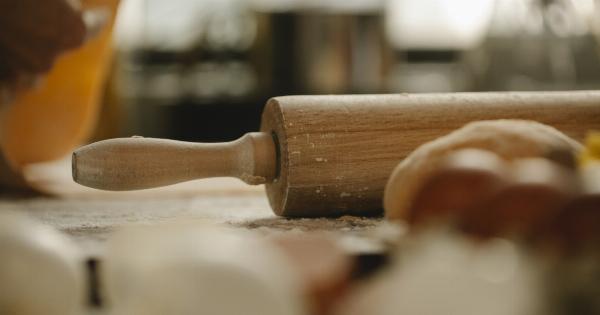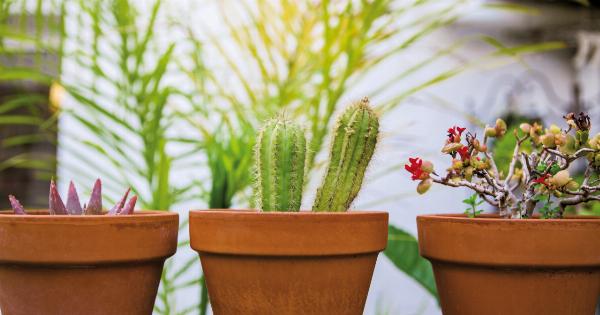Chickenpox is a highly contagious disease caused by the varicella-zoster virus. It is common in children and causes an itchy rash all over the body along with other symptoms like fever, headache and fatigue.
The itching associated with chickenpox can be unbearable and the constant scratching can cause scabs, scars and skin infections. In this article, we will discuss the different ways to relieve chickenpox itching to make the experience less stressful for both children and adults.
1. Avoid Scratching
One of the most important ways to relieve chickenpox itching is to avoid scratching as much as possible. Scratching can cause the blisters to burst and create skin infections. It can also prolong the healing process and leave scars.
To avoid scratching, cut the nails short, wear gloves at night to avoid scratching in your sleep, and distract yourself with activities to keep your mind off the itching. Remember that scratching will only make things worse.
2. Cool Baths
Take cool baths with oatmeal or baking soda to relieve itching. Avoid hot baths or showers as they can increase the itching. Add a cup of baking soda or oatmeal to your bath and soak for 20 minutes. This will help soothe the skin and reduce the itching.
3. Apply Calamine Lotion
Calamine lotion is a time-tested remedy for chickenpox itching. It is a safe and effective treatment that can provide instant relief. Apply calamine lotion to the affected areas and allow it to dry. Reapply as needed.
Calamine lotion can also form a protective layer over the blisters that can help prevent infections.
4. Use Antihistamines
Antihistamines are a common treatment for allergies, but they are also effective in relieving itching caused by chickenpox. They work by blocking histamine, which is the chemical in the body that causes itching.
Antihistamines can be taken orally or applied topically. Consult your doctor before giving any medication to children.
5. Apply Oatmeal Paste
Oatmeal paste is a natural and effective remedy to relieve chickenpox itching. Grind one cup of oatmeal in a blender or food processor and mix it with a small amount of water to create a thick paste. Apply the paste to the affected areas and let it dry.
Rinse it off with cool water. Oatmeal has anti-inflammatory properties and can soothe the skin and reduce itching.
6. Apply Aloe Vera Gel
Aloe vera is a popular plant that has many benefits for the skin. It has anti-inflammatory, moisturizing and soothing properties that can help relieve chickenpox itching.
Apply aloe vera gel directly to the affected areas and leave it on for about 10 minutes. Repeat this several times a day for best results.
7. Use Essential Oils
Some essential oils have natural anti-inflammatory and antibacterial properties that can help relieve itching and prevent infections.
Essential oils such as lavender, tea tree, chamomile and peppermint can be added to a carrier oil such as coconut or olive oil and applied directly to the affected areas. Always dilute the essential oils properly and consult a healthcare professional before using them.
8. Wear Loose Clothing
Wearing loose clothing can help reduce itching by preventing it from rubbing against the skin. Tight clothing can cause friction and irritation, which can worsen the itching.
Choose loose, comfortable clothing made from soft, breathable fabrics like cotton or linen.
9. Keep the Skin Moisturized
Dry skin can increase itching and irritation. Keeping the skin moisturized can help relieve the itching and prevent scabs and scars from forming. Use a mild, fragrance-free moisturizer and apply it to the affected areas several times a day.
10. Stay Hydrated
Drinking plenty of fluids can help keep the skin hydrated from the inside out. It can also help boost the immune system and speed up the healing process.
Drink at least 8 to 10 glasses of water a day and avoid sugary or caffeinated beverages that can dehydrate the body.


























